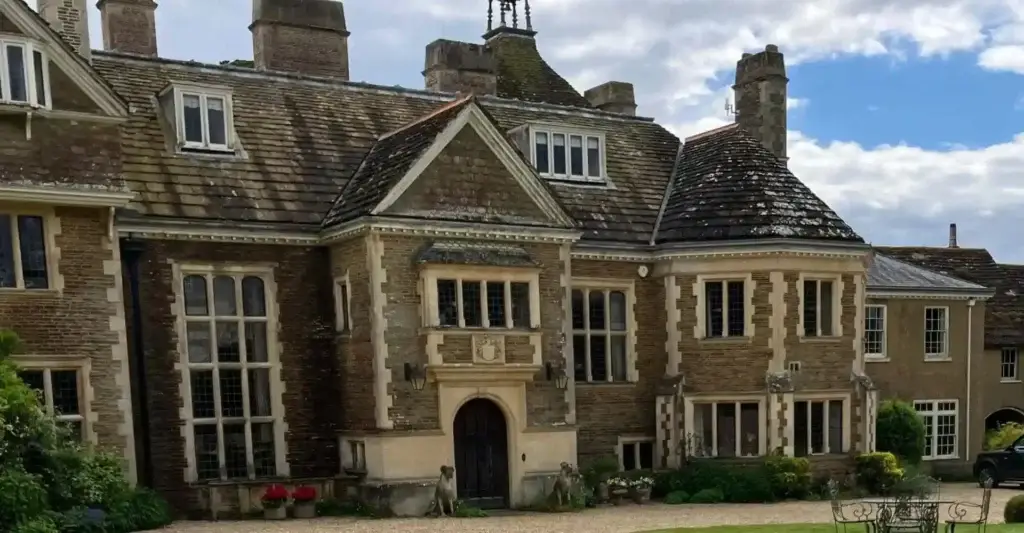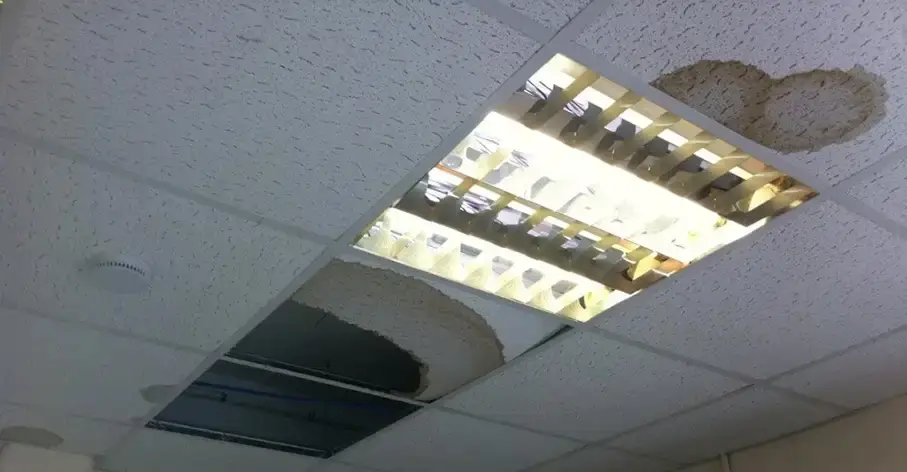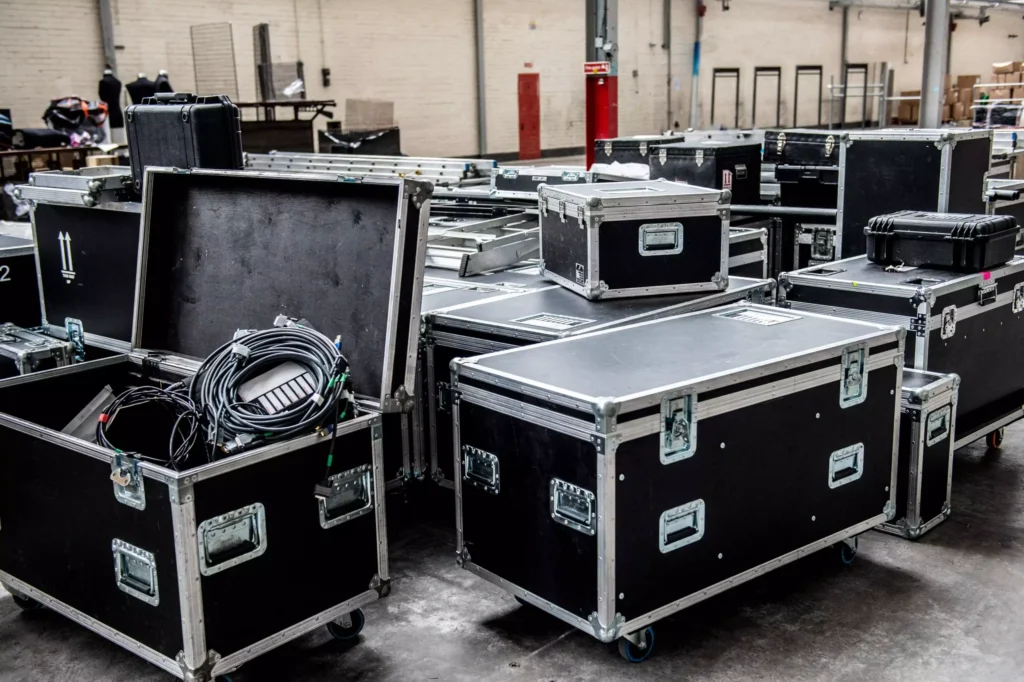The Problem
Mould growth in churches is a common issue due to high moisture levels, poor ventilation, and historic structures that are more susceptible to water ingress. In fact, over 75% of UK churches report problems with damp, which can quickly lead to mould if left untreated. (Church Conservation Trust, 2023)
In this case, a historic church was being converted into temporary accommodation for vulnerable people. However, severe water ingress had led to widespread mould growth across three floors, delaying critical renovation work and resulting in the need for professional black mould removal.
Key Challenges:
- Extensive mould contamination across multiple areas.
- Restricted access to affected zones due to building structure.
- Active construction site requiring strict safety measures.
- Tight deadline – the church was due to close over the winter period.
With health risks such as respiratory issues and allergic reactions associated with mould exposure, it was essential to remove all traces of mould before the building could be used. The church needed an experienced team who could complete the job efficiently without disrupting ongoing renovations.
The Solution
Understanding the urgency and complexity of the project, we developed a strategic mould remediation plan that tackled both visible mould growth and underlying moisture issues to prevent recurrence.
Since certain areas were inaccessible, we prioritised stripping out sections of the building to expose mould-affected surfaces for treatment.
Four-Stage Mould Removal Process:
HEPA Vacuum Extraction
- Used high-efficiency particulate air (HEPA) vacuums to safely remove mould spores from surfaces and the air.
- HEPA filters trap 99.97% of particles as small as 0.3 microns, ensuring thorough decontamination.
Manual Surface Cleaning
- Deep-cleaned all exposed areas with specialist mould removal solutions.
- Removed any residual mould growth on walls, ceilings, and other surfaces.
Fungicidal Treatment Application
- Applied a powerful antifungal barrier to prevent future mould growth.
- Focused on high-risk areas prone to moisture build-up.
ULV Fogging – Airborne Mould Removal
- Used Ultra-Low Volume (ULV) fogging technology to disperse a biocidal mist.
- Eliminated airborne spores and neutralised musty odours.
Once mould remediation was complete, we implemented a drying regime to prevent further moisture build-up.
Specialist Drying Process:
- Dehumidifiers installed across the three floors to maintain low humidity levels.
- Regular moisture monitoring to ensure effective drying.
- Due to the Christmas closure, the drying process had to be restarted once the church reopened, but we still met the deadline.
Key Equipment Used:
- HEPA Vacuums – Industry-leading mould removal technology.
- ULV Foggers – Advanced airborne mould elimination.
- 5-Point PPE – Full protective gear for safety.
- Dehumidifiers – Precision drying to prevent future mould.
- Fungicidal Cleaning Solutions – Long-lasting mould protection.
The Result
- Complete mould removal across three floors
- Church ready for renovation to continue
- Drying successfully completed within deadline
By working efficiently and safely, our team despite challenges such as restricted access, an active construction site, and temporary closures, our team successfully removed all traces of mould and ensured the building was fully dried.
We worked flexibly, even carrying out ULV fogging out of hours to avoid disruption to construction teams. Thanks to our advanced mould removal methods, the project was completed on time and within budget which allowed the church transformation to proceed as planned.
If your church, heritage site, or property is struggling with mould, act now before it worsens. Our expert team provides fast, effective, and long-lasting mould remediation solutions.





















